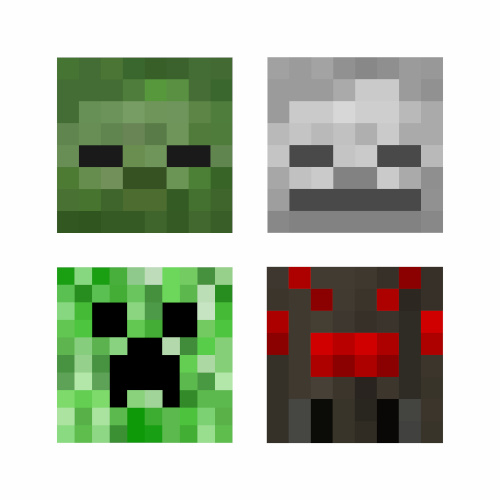As an educator for over 27 years and a Digital Learning Specialist (social studies) for the past 7 years in Atlanta Public Schools, I have supported educators across my district and beyond as they purposefully integrate technology in the classroom to promote engagement and 21st century skill development.
While there are many tools and resources available to educators to support their efforts to create dynamic digital learning environments, one of the newest and most engaging is Minecraft Education Edition (M:EE). Popular among students (and teachers!), M:EE is a game-based learning platform that promotes creativity, collaboration, and problem-solving in an immersive digital environment.
Here are five ways that I have helped my district’s teachers use M:EE into classroom instruction that you can use in your teaching practice. Best of all, you don’t even need to be a Minecraft expert to get started!
- Minecraft can be used to support instruction in any subject area from ELA (English Language Arts), math, science, and social studies to art and SEL and so much more. M:EE has numerous lessons that are readily available to help you extend student learning and to make it more engaging and hands on in a game-based environment. As a former social studies teacher, one lesson series I am extremely excited about is the “Good Trouble Lessons,” which introduces students to Congressman John Lewis, who then escorts students through this world to meet activist such as Dr. Martin Luther King, Malala, Gandhi, and Nelson Mandela, all of whom have gotten into “Good Trouble” standing up for the rights of others. M:EE helps educators bring historical figures and events to life in an engaging way for students. To explore more lessons such as this one or others go to lessons for Minecraft Education Edition.
2. Coding in M:EE is a fantastic way to bring STEM activities into the classroom. In addition to Hour of Code lessons, M:EE also provides computer science resources and lessons that promote coding in various coding languages such as block-coding, JavaScript, and Python. The remarkable thing about these lessons is that coding functions are built into M:EE, so students access coding functions without leaving the platform.
3. M:EE also provides a creative way to utilize formative assessments in the classroom. The service includes built-in assessment tools such as the camera, book and quill, and boards (like chalkboard and poster) that can be used by students as they build and create to document their work. Flipgrid is also a great edtech tool that can be used in M:EE to help students conduct a screen capture of their build and provide a reflection or explanation of their build.
4. M:EE also integrates with your favorite edtech tools. For instance, Discovery Education’s K-12 platform is used extensively in our district and teachers can easily add videos, virtual field trips, or studio boards from Discovery Education via links to the chalkboard in M:EE, which helps students access this content and expand their knowledge as they complete their build. Additionally, students can use this same approach and create a diorama in Minecraft and add supporting content and details through the use of videos and other content from Discovery Education by adding the links to boards.
Discovery Education also recently launched the Minecraft: Education Edition Channel within its K-12 platform. This channel provides educators useful lesson plans as well as ready-to-use activities that support students as they explore Minecraft Worlds and uncover important subject area content and skills. If your district uses M:EE and Discovery Education’s resources, check this content out!
5. Finally, I strongly encourage educators to look to the Minecraft experts (AKA the students) in their building. In Atlanta Public Schools, we created a Minecraft Student Ambassador Program which allowed students to train and support teachers with using M:EE in the classroom. Minecraft Student Ambassadors are a terrific way for educators to bring Minecraft into their classroom. If you would like to learn more about the Minecraft Student Ambassador Program, check out this Learning Pathway in Microsoft Learn.
As you can see, Minecraft EDU is a wonderful way to increase student engagement while also allowing students to express themselves creatively. It also provides educators the opportunity to bring game-based learning into the classroom while allowing students to play, craft, and learn. I encourage all educators to begin using this resource today!
- 5 ways school districts can create successful community partnerships - November 21, 2024
- Trump picks Linda McMahon to lead, and possibly dismantle, Education Department - November 21, 2024
- 6 ways to create engaging elementary learning spaces - November 20, 2024


